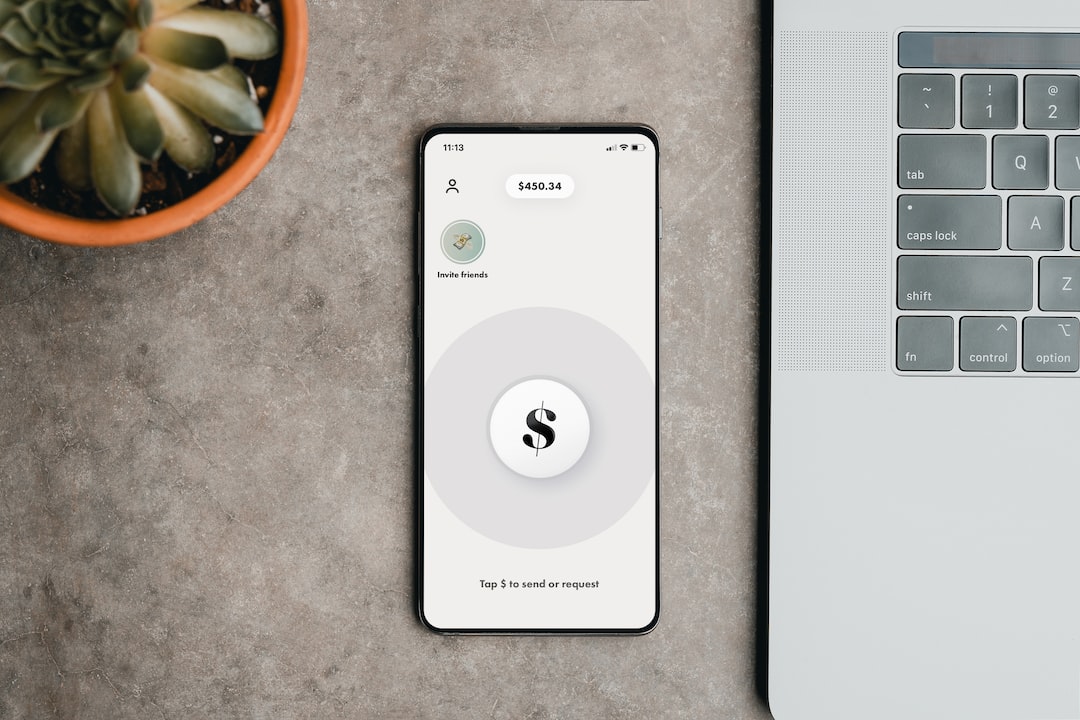Margin level is a term used in forex trading to describe the relationship between the trader’s account balance and the amount of margin required to maintain open positions. It is an important concept to understand for forex traders to manage their risks effectively and prevent their accounts from being wiped out due to a margin call.
Margin is the amount of money required by a forex broker to open and maintain a position in the market. It is a form of collateral that the trader needs to deposit in their account to cover potential losses that may occur from their trades. Margin is usually expressed as a percentage of the total value of the position.
For example, if a trader wants to open a position worth $10,000 and the margin requirement is 2%, they would need to deposit $200 in their account to open the trade. The remaining $9,800 would be provided by the broker as leverage, allowing the trader to make larger profits or losses from their trades.
Margin level is the ratio of the trader’s account equity to the total margin requirement. It is expressed as a percentage and calculated by dividing the account equity by the margin requirement and multiplying by 100. The formula for margin level is as follows:
Margin Level = (Account Equity / Margin Requirement) x 100
For example, if a trader has an account balance of $10,000 and opens a position with a margin requirement of $2,000, their margin level would be calculated as follows:
Margin Level = ($10,000 / $2,000) x 100 = 500%
A margin level of 100% means that the trader’s account equity is equal to the margin requirement, indicating that they have used up all their available margin. Any decrease in the account equity will result in a margin call from the broker, requiring the trader to deposit more funds to maintain their positions.
A margin call occurs when the margin level falls below a certain threshold, usually set by the broker. This threshold is known as the margin call level and is typically around 100%. When the margin level falls below this level, the broker will issue a margin call, requiring the trader to deposit more funds to maintain their positions.
If the trader fails to deposit the required funds, the broker will start to close out their positions, starting with the most significant loss-making trades, until the margin level is above the margin call level. This process is known as a margin call liquidation and can result in significant losses for the trader.
To avoid margin calls and potential losses, forex traders need to manage their risks effectively by using appropriate position sizing, stop-loss orders, and risk management strategies. They should also monitor their margin level regularly and avoid overleveraging their positions, which can increase their exposure to market volatility and potential losses.
In conclusion, margin level is an essential concept in forex trading that traders need to understand to manage their risks effectively and prevent margin calls. It is the ratio of the trader’s account equity to the total margin requirement and is expressed as a percentage. Traders should monitor their margin level regularly and use appropriate risk management strategies to avoid potential losses.





